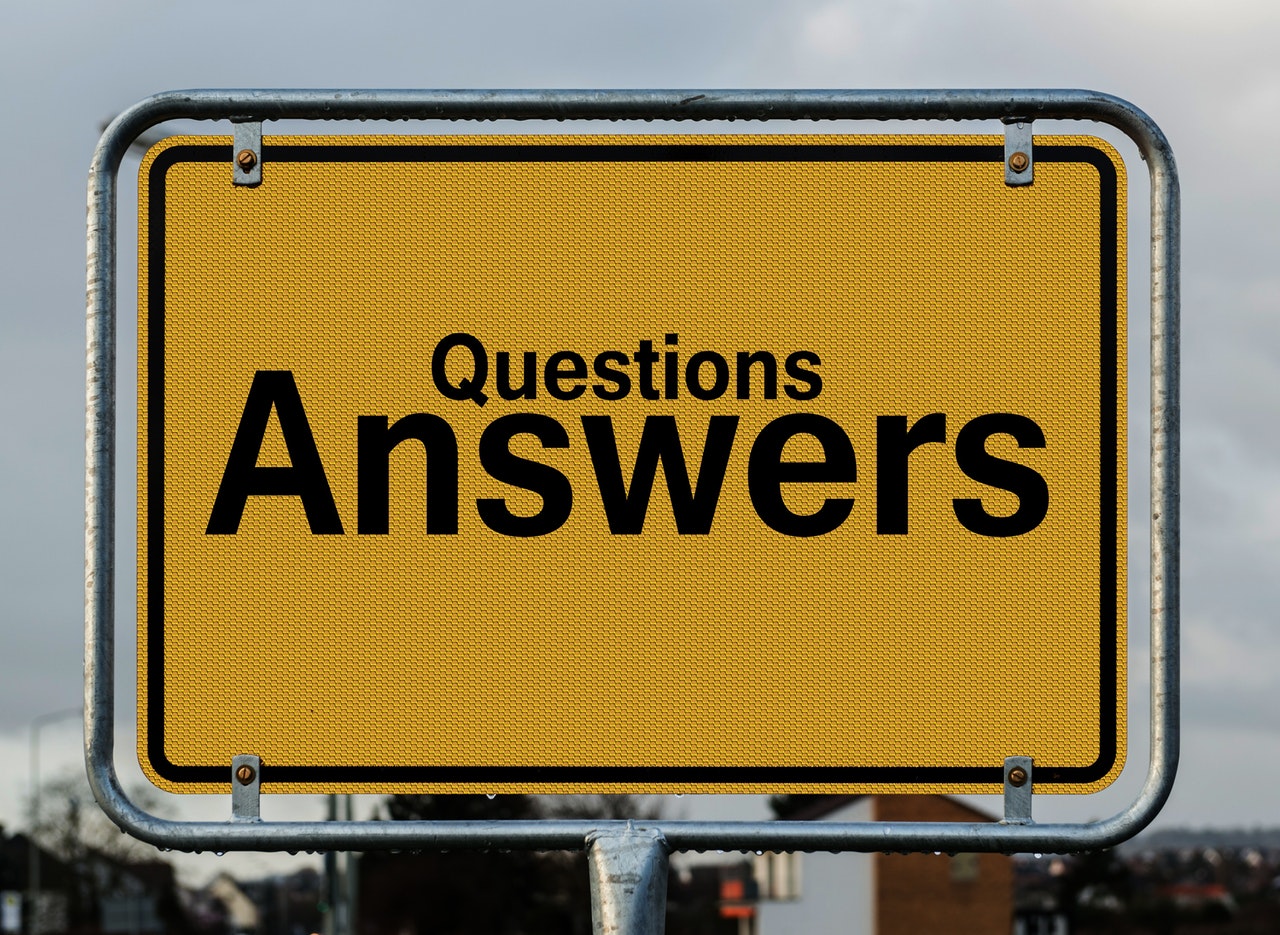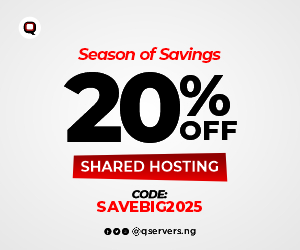Now that the world cup is over, I think it makes sense to do some assessment. I have a big question for a big brand like Pepsi, is this:
How much is your brand perception worth?
How much sales can you confidently attribute to your World Cup 2018 Ad Campaign?
Ok. I'm sure you'll very quickly dish out impressive statistics and graphs showing high Sales numbers, millions in Brand Mentions, Impressions, Retweets and Likes, as well as cool Share Stats. Let me bust your bubble. If your sales figure was impressive - which can be debated - can you confidently attribute same to your brand activities and ads online as well as offline?
I'm sure this question will give marketing managers a mild heart attack. I can tell from experience that one of the biggest - if not the biggest challenge - for marketing teams/managers in digital as well as offline marketing is ATTRIBUTION.
Was it the billboards, the google ads, the brand ambassadors, the influencers, or the offline sales reps and brand promoters that gave you the sale?
What percentage of your sales can be directly attributed to the huge ad and brand ambassador spend?
What percentage of your sales can be directly attributed to the huge ad and brand ambassador spend?
In reality, every one of these stakeholders did play a role, but which of them impacted your bottom line the most and is most relevant/valuable to your brand?
These are questions that only a clear attribution strategy can answer for you.
These are questions that only a clear attribution strategy can answer for you.
It's pretty simple, perception alone does NOT drive sales.
A Lesson From Experience
A typical experience I had in the past: My team was managing digital as well as offline marketing for a big local fashion brand. Our biggest challenge was, how do we attribute our activities online, social media as well as offline ads versus the in-store sales reps who talk to customers as they walk in?
How do we attribute an online campaign to increased footfall, and not the word of mouth of the foot-soldiers or the outdoor billboard?
How do we differentiate and measure each marketing channel's contribution to sales? We had to develop a bespoke attribution strategy for every touch point.
I'll tell you this for free, much of what marketing teams spend money on is largely burning cash and guesswork.
Take, for instance, the high profile brand ambassadors who were at the center of the Pepsi World Cup campaign strategy. If we critically access, One can argue that the brand ambassadors in the Naija All the Way campaign probably made more impact and contributed largely to the sale of the Nike's Super Eagles World Cup jersey than they did in the actual sales of Pepsi bottles across Nigeria.
I have nothing against the brand ambassadors or using them as part of your strategy. However, I can bet soccer fans didn't consider drinking a Pepsi while watching matches throughout the world cup as a thing, compared with the way they "rushed" the Nike jerseys. The fans - both Nigerians as well as Non-Nigerians - craved to identify with the team by rocking those jerseys!
A few creatives released by Nike spotting a few ambassadors rocking the jerseys successfully triggered the fans enough to lead to stock out!
What Works? What Doesn't?
Now, it is important to note that what works for one brand in one industry will not work for another brand in another (or even same) industry under the same circumstances.
Why? It's pretty simple, perception alone does NOT drive sales. I repeat, perception alone does not drive sales. Anyone wonder why Coca-Cola's Mega Millions promo and the name tagging "Share a Coke" campaigns were insanely successful? People connect more emotionally than they do rationally.
They don't buy a Pepsi simply because their favorite DJ, music artiste or soccer star features in a creative. It would probably work if it were a Red Bull or Lucozade Boost ad or even an Addidas or Nike ad. The point is campaigns and their attribution strategy should align with the nature of a product and the psychology of consumers around that product or industry.
My Thinking Framework
Perhaps, a better approach for Pepsi could have been to first consider the consumption habits and emotions of current and prospective Pepsi drinkers.
- Why do they drink Pepsi?
- When do they drink Pepsi?
- If they are football fans, how would you align their passion for football and the world cup, their consumption habits and emotions with Pepsi?
- What emotions are football fans most vulnerable to that best benefits m brand?
Answering these questions will not only bring clarity but also make it super easier to target them better, and craft strategies that will get consumers actually consuming more Pepsi during the soccer fiesta.
Off the top of my head, using this thinking framework, I could formulate a campaign strategy that would have consumers drinking more Pepsi with every goal; at specific times of the day with friends; with a lucky dip chance to watch a World Cup game and take selfies with specific teams/players if they submit entries every hour on the hour. This campaign will not only ensure more fans drink the brand as well as ensure there is brand visibility with the social shares from the fans. More importantly, all of these can be tracked and measured for effectiveness.
The same framework I'll recommend for the brand managers of Power Oil. As much as I really like some parts of the Power oil jingle, I honestly doubt the campaign led to 40-50% growth in sales during the world cup.
Ditch Vanity Metrics
So, in concluding this article, I think it makes sense for marketers and marketing teams to ditch conventional wisdom and vanity metrics and focus on specifics that work for each product, brand, industry, and market.
The way a campaign strategy will work for a Nike Ad to sell out is not the same way an Apple iPhone campaign will work. The same way a retail fashion campaign for Zara in Italy might flop in Nigeria.
Rather than throwing money down the hole or burning it off the chimney, why not sit with your team and analyze your product/brand, your market, your consumers' psychology and emotions, then put your strategy in play and watch the market do your bidding.
Rather than throwing money down the hole or burning it off the chimney, why not sit with your team and analyze your product/brand, your market, your consumers' psychology and emotions, then put your strategy in play and watch the market do your bidding.
I'm excited to know your thoughts and how you are dealing with issues around attribution, brand perception, social mention, brand ambassadors and influencer marketing in the comments and on social media.
If you're looking to work out bespoke consumer-centric brand marketing strategies for your product, service or brand, feel free to hit me an email at hello[@]pmoneytalks.com.
Cheers to your business success!






















No comments
Share your view on this post...